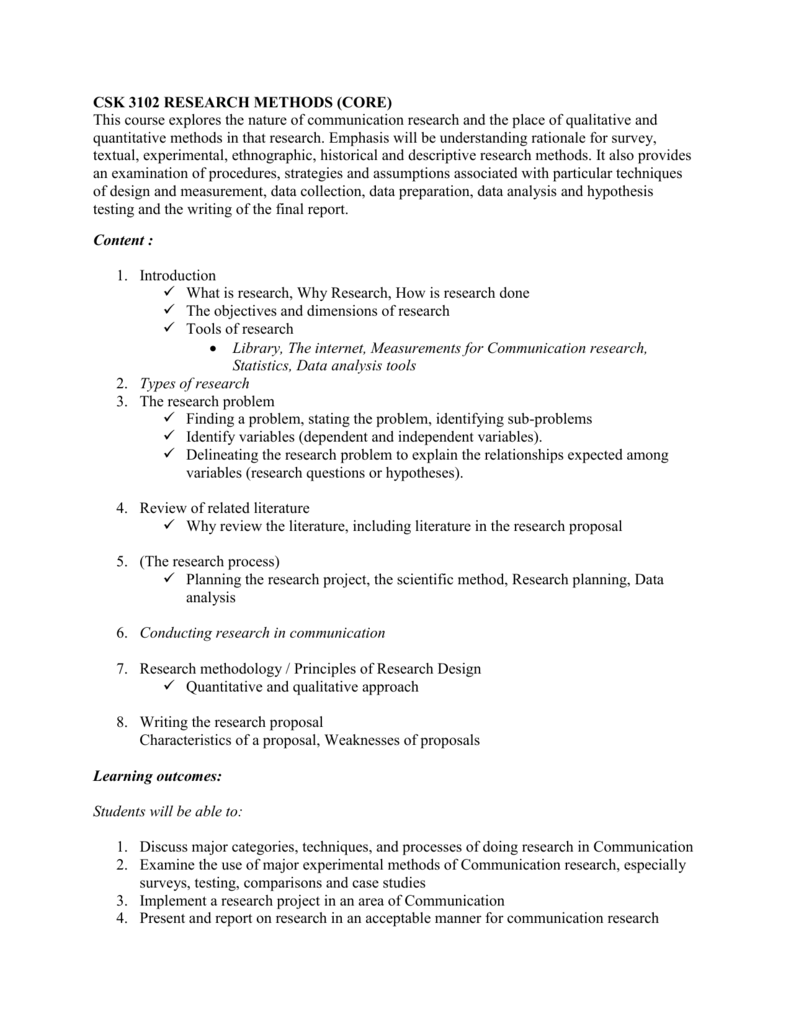

If it the study is exploratory in nature, the investigator should make this explicit so that readers understand that the research is more of a hunting expedition rather than being primarily theory driven. Although a researcher may not have a theory-based hypothesis for testing relationships between previously untested variables, a theory will have to be developed to explain an unanticipated finding. Although this practice may not inherently be unethical, these analyses should be proposed before beginning the study even if the intent is exploratory in nature. When failing to demonstrate statistically different levels between treatment groups, investigators may resort to breaking down the analysis to smaller and smaller subgroups in order to find a difference. Bias can occur when recruitment of study participants falls below minimum number required to demonstrate statistical power or failure to maintain a sufficient follow-up period needed to demonstrate an effect (Altman, 2001). Any bias occurring in the collection of the data, or selection of method of analysis, will increase the likelihood of drawing a biased inference. The chief aim of analysis is to distinguish between an event occurring as either reflecting a true effect versus a false one. According to Smeeton and Goda (2003), “Statistical advice should be obtained at the stage of initial planning of an investigation so that, for example, the method of sampling and design of questionnaire are appropriate”. While methods of analysis may differ by scientific discipline, the optimal stage for determining appropriate analytic procedures occurs early in the research process and should not be an afterthought. This can allow investigators to better supervise staff who conduct the data analyses process and make informed decisionsĬoncurrently selecting data collection methods and appropriate analysis Ideally, investigators should have substantially more than a basic understanding of the rationale for selecting one method of analysis over another. Indeed, a single course in biostatistics is the most that is usually offered (Christopher Williams, cited in Nowak, 1994).Ī common practice of investigators is to defer the selection of analytic procedure to a research team ‘statistician’. For example, Sica found that adequate training of physicians in medical schools in the proper design, implementation and evaluation of clinical trials is “abysmally small” (Sica, cited in Nowak, 1994). A number of studies suggest this may be the case more often than believed (Nowak, 1994 Silverman, Manson, 2003). Unintentional ‘scientific misconduct' is likely the result of poor instruction and follow-up. Partitioning ‘text’ when analyzing qualitative dataĪ tacit assumption of investigators is that they have received training sufficient to demonstrate a high standard of research practice.Lack of clearly defined and objective outcome measurements.Following acceptable norms for disciplines.Concurrently selecting data collection methods and appropriate analysis.There are a number of issues that researchers should be cognizant of with respect to data analysis. Integrity issues are just as relevant to analysis of non-statistical data as well. Improper statistical analyses distort scientific findings, mislead casual readers (Shepard, 2002), and may negatively influence the public perception of research. The form of the analysis is determined by the specific qualitative approach taken (field study, ethnography content analysis, oral history, biography, unobtrusive research) and the form of the data (field notes, documents, audiotape, videotape).Īn essential component of ensuring data integrity is the accurate and appropriate analysis of research findings. Indeed, researchers generally analyze for patterns in observations through the entire data collection phase (Savenye, Robinson, 2004). While data analysis in qualitative research can include statistical procedures, many times analysis becomes an ongoing iterative process where data is continuously collected and analyzed almost simultaneously. According to Shamoo and Resnik (2003) various analytic procedures “provide a way of drawing inductive inferences from data and distinguishing the signal (the phenomenon of interest) from the noise (statistical fluctuations) present in the data”.

Data Analysis is the process of systematically applying statistical and/or logical techniques to describe and illustrate, condense and recap, and evaluate data.


 0 kommentar(er)
0 kommentar(er)
